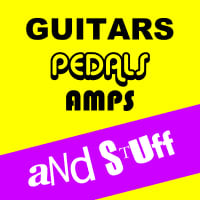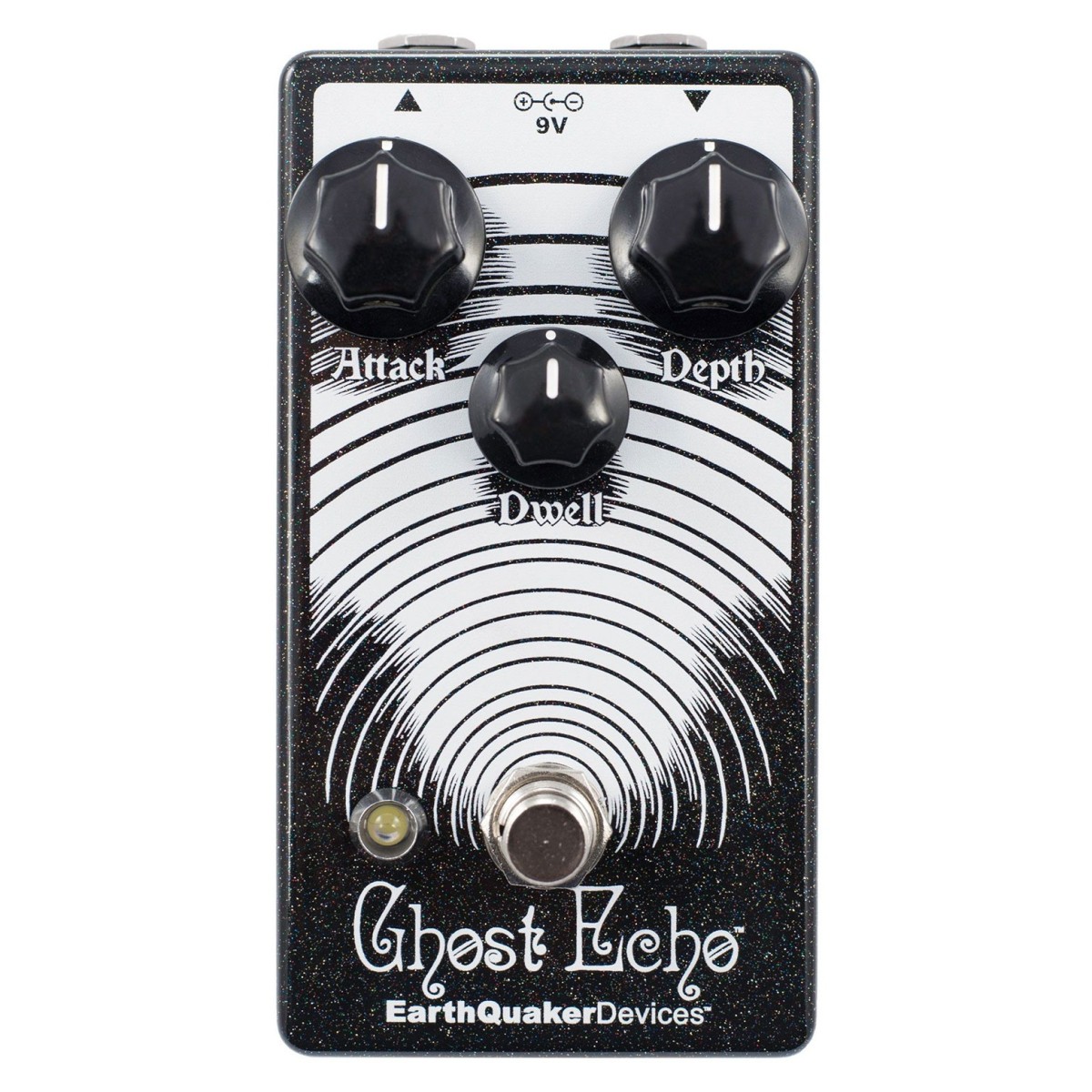Echo, also known as delay, is a guitar effect that produces discrete repetitions of the original signal after a certain period of time. These repetitions are called echoes and are heard as distinct, spaced-out repetitions of the original sound. Echo pedals typically offer controls for adjusting parameters such as delay time (the length of time between the original sound and each echo), feedback (the number of repetitions), and level (the volume of the echoes relative to the original signal).
Echo effects can range from subtle repeats that add depth and dimension to a guitar tone to more pronounced echoes that create rhythmic patterns and textures. They are commonly used in various musical genres, including rock, blues, ambient, and electronic music, to add atmosphere, depth, and complexity to guitar solos, riffs, and rhythm parts.
Echo pedals are versatile tools that allow guitarists to create a wide range of echo effects, from classic tape echo simulations to modern digital delays with advanced features like tap tempo and stereo output. Popular echo pedal models include the TC Electronic Flashback Delay, Boss DD-7 Digital Delay, and Strymon El Capistan.
Electric guitars use magnetic pickups to convert string vibrations into an electrical signal, which is then amplified. Unlike acoustic guitars, they rely on amplification for volume and tone shaping, making them highly versatile in genres like rock, blues, jazz, and metal. Electric guitars come in many body styles—solid, semi-hollow, and hollow—and feature different pickup configurations, neck types, and hardware. From smooth clean tones to aggressive distortion, they offer a wide sonic range, making them the backbone of modern guitar music.
Reverb, short for reverberation, is an essential guitar effect that simulates the natural reflections of sound in a physical space, such as a room, hall, or cathedral. It adds depth, ambiance, and spaciousness to the guitar’s sound by creating a series of discrete echoes that decay over time, mimicking the way sound reverberates in different environments. Reverb pedals offer controls for adjusting parameters such as decay time (the length of the reverb tail), pre-delay (the time between the original signal and the onset of the reverb), and mix (the balance between the dry and reverberated signals). By adjusting these parameters, guitarists can achieve a wide range of reverb effects, from subtle room ambience to lush, expansive reverberation. Reverb is widely used across various music genres, including rock, jazz, ambient, and electronic music, to add depth, dimension, and realism to guitar tones, creating a sense of space and immersion in the sound. Popular reverb pedal models include the Strymon BigSky, Boss RV-6, and Electro-Harmonix Holy Grail.
We have new and used EarthQuaker Devices musical equipment available on our website for fast direct delivery from sellers across the UK & Europe.
£276.21 £272.02
4 5/8'' x 2 1/2'' x 2.25'' with knobs Any standard 9 volt DC power supply with a negative centre 2.1mm barrel. No battery option. Depth: Sets reverb intensity Dwell: Adjusts the length and thickness of the decay. Attack: Sets the delay of the pick attack on the wet signal from 30ms-150ms.
£291.54
Reverb effect pedal Hand-made in the USA Limited to 1,500 pieces Digital Emulates a vintage amp style spring hall 30 – 150 ms pre-delay Deth, Dwell, Attack Control Metal casing Dimensions (L x W x H): 121 mm x 64 mm x 57 mm Weight: 295g



